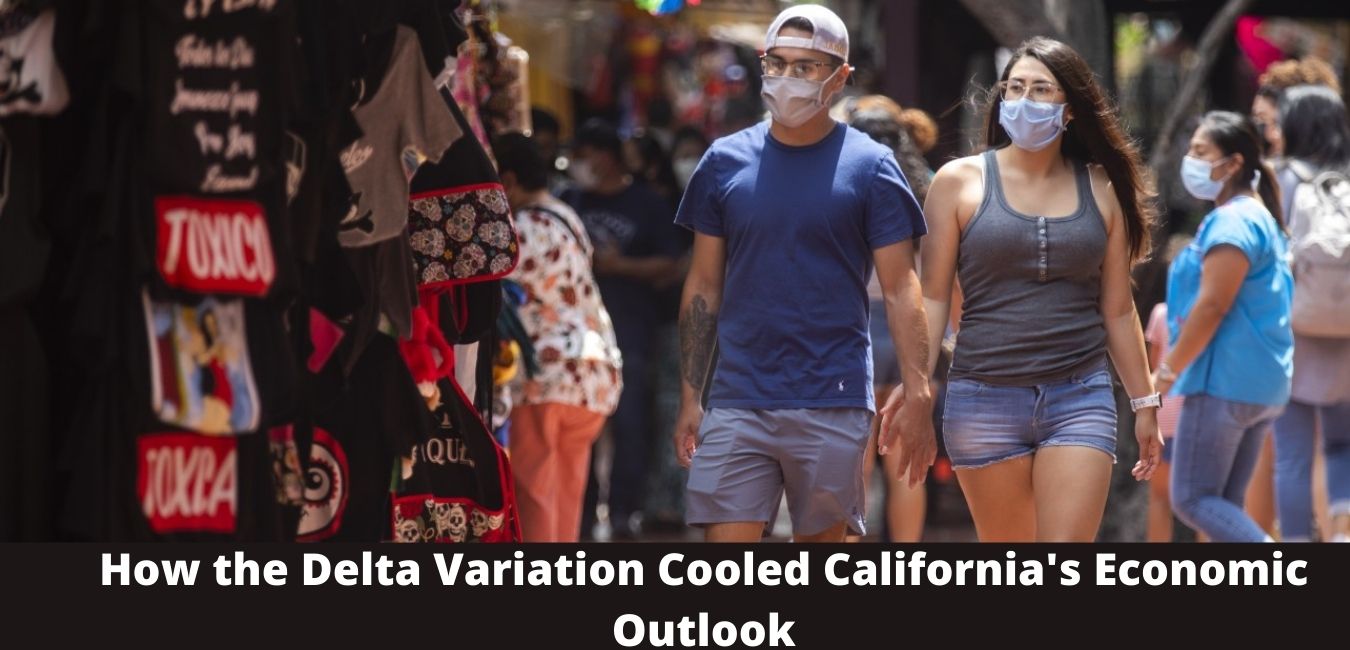The Delta variant of COVID-19 has altered the calculations of forecasters and academic economists who had predicted an improvement in the country’s economy. UCLA’s quarterly forecast, released Wednesday, even said the outlook has gone from “sizzling to boring.”
Leo Fehler, the senior economist, wrote: “In the spring, the economic optimism was palpable. The United States vaccinated an average of 2-3 million people a day. The economy was reopening. Hiring was accelerating. It looked like COVID I was finally left behind. “
Resistance to the administration of COVID-19 vaccines increased the number of deaths in most states in the nation. Fehler said that: “Consumers are hesitant to go out and spend on entertainment and restaurants, workers are retiring rather than risking an infection at work, business and international travel is idle, and global supply chains are going haywire As the virus closes factories abroad. What could have been a couple of years of highly successful economic growth appears to be turning into years of good, solid, but unspectacular growth. “
UCLA predicts that gross domestic product will grow this year to 5.6%, below the rate of 7.1% forecast in June. He expects the economy to expand 4.1% next year, down from the 5% previously forecast. As consumption and investment move into the future, growth in 2023 could be 3.1%, down from 2.2% previously expected.
Additionally, Fehler said: “It will not be until the third quarter of 2023 that GDP will reach its pre-COVID-19 trend, according to the new calculation, assuming that the confrontation in Congress over the lifting of the debt limit is resolved. A debt default would be a self-inflicted injury, bad for the economy, but we don’t know how bad.”
UCLA’s forecast for this year is less optimistic than that of the Federal Reserve, which projects GDP growth of 5.9%, below its June forecast of 7%. The Fed predicts 3.8% growth next year.
Read More: School Districts’ Challenge In Establishing COVID-19 Testing Frustrates Parents
Final words
Later, California began to recover slightly behind other states in the nation due to less stringent public health measures, but these kinds of interventions mean the state will recover much faster than it did. The nation over the next three years. This is a forecast made by UCLA economists Jerry Nickelsburg and Leila Bengali.
Golden State had the lowest weekly COVID-19 case rate in any state as of Sunday: 83 cases per 100,000 residents. That compares with 271 cases in Texas and 248 cases in Florida, states with flexible regulations. Another reason for driving the economy in the state is that the virus has generated many remote jobs, which is a factor that benefits large technology and professional sectors.
Read More: There’s Possibility That Ohioans Will Face Flu And Covid “Twindemic

Leave a Reply